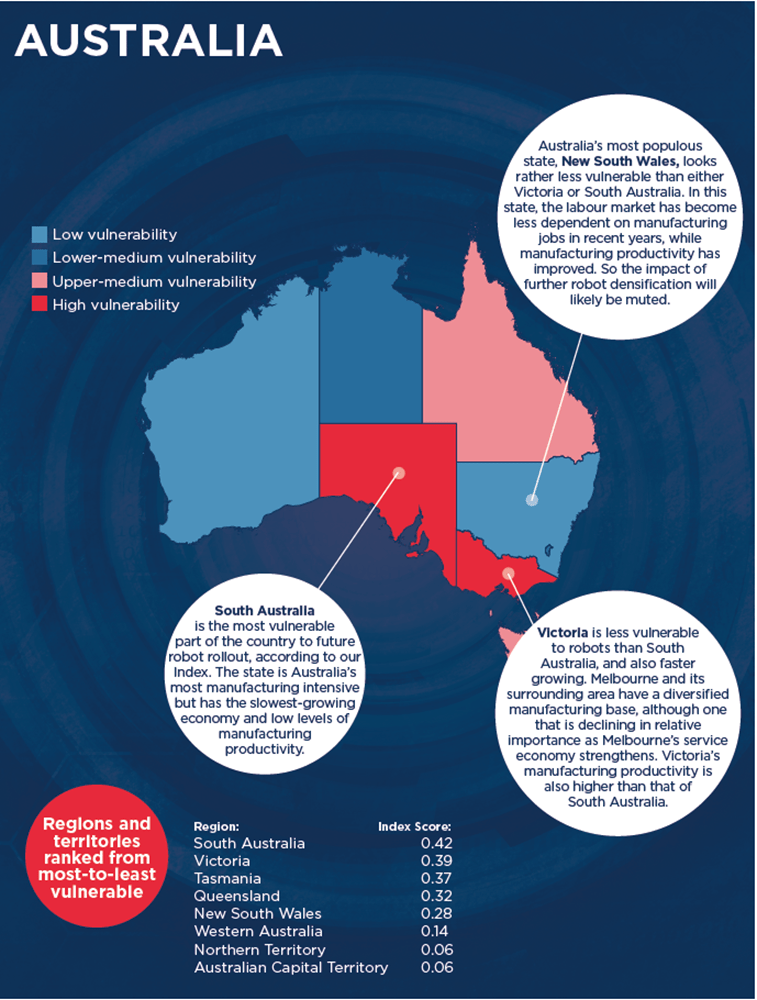With technology constantly evolving and artificial intelligence becoming more intelligent, it leaves a lot of people wondering how safe their job will be in the coming decades. These changes are not unprecedented, in the 1990s we saw Automated Teller Machines installed in most prominent banks, whilst 2008 saw self-serve checkouts in Woolworths become the new industry standard in Australian supermarkets, while these jobs haven’t been completely taken over by robots, it is the perfect example of the automation of manual labour.
In fact, technology and automation processes have been taking over human completed jobs for centuries. For example, switchboard operating, lift operating, meeting scheduling, transport ticket operators and bowling alley pin setters. Even the alarm clock replaced “knocker-uppers“, who used to wake early risers with a truncheon, long stick or even a pea-shooter to strike their windows every morning.
It’s been happening right before our eyes, often imperceptibly, even in the administration and reception industry. Google recently expanded Google Duplex to Australia. Google Duplex is an Artificial Intelligence powered calling service that calls and makes appointments for you, it even sounds like a real human being and understands the nuances of conversation. The below video shows just how real this machine sounds.
Naturally, this instilled some fear into me about the future of my career, which lead me to this website, https://willrobotstakemyjob.com/ – you can enter your specific job title and the machine will let you know how likely your job is to be automated. As expected, my role is doomed!
According to this study: there could be 14 million robots put to work in China alone, within the next 11 years. Adrian Cooper, CEO and Chief Economist at Oxford Economics states that “tens of millions of existing jobs will be lost, with human workers displaced by robots at an increasing rate as robots become steadily more sophisticated.” It is estimated that 20 million manufacturing jobs will be lost to robots by 2030. There are regional vulnerabilities to take into consideration, countries with a high number of manufacturing roles will be most affected, so what does this look like in Australia?
As you can see on the below map, South Australia is our most vulnerable state as it is the heart of Australia’s manufacturing industry, Victoria comes in at a close second with NSW and ACT being the least vulnerable states as manufacturing productivity has improved.

Everyone seems to have a slightly different opinion on which industries will be most affected by automation and AI. Manufacturing, customer service, transportation, healthcare and data entry are all said to be the most effected. However, maybe we underestimate just how far-reaching the development of this technology will be. Indeed, automation processes long predate the ATMs of the 1990s. With COVID happening, turns towards automation could even increase as robots don’t need to social distance or take sick days!
Perhaps automation has been around for so long that we ourselves are AI that’s been created to power some greater being’s coffee pot! Who knows, either way though I guess the real question is, how do we know we aren’t robots… already automating our jobs? Maybe we’re just programmed to live as real human beings.